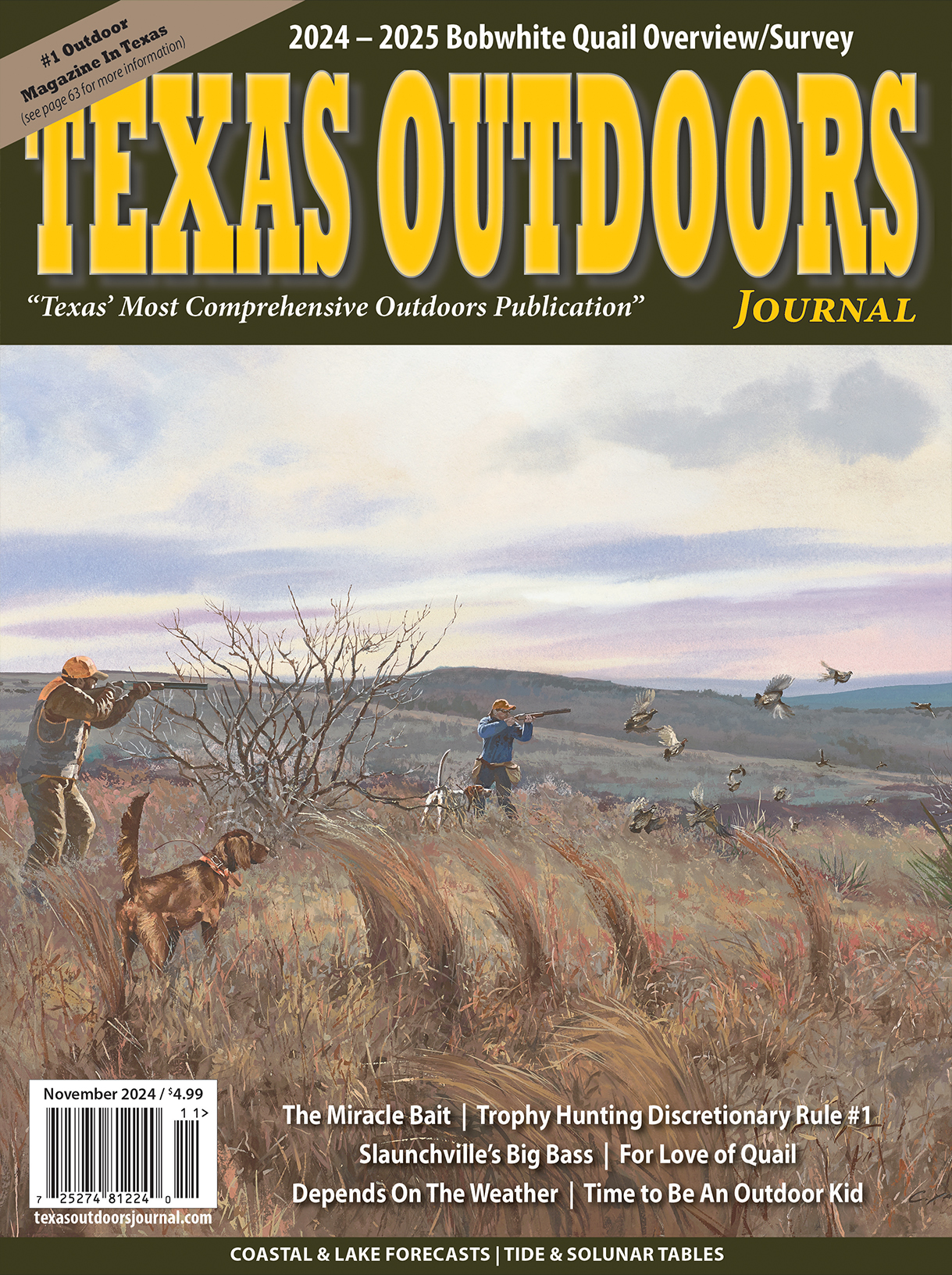
Devils River Bass Conservation, Hammerhead Shark/Grouper Limits Adopted
AUSTIN — Harvest modifications for bass in one of the state’s most pristine rivers and new regulations for hammerhead sharks and grouper were approved by the Texas Parks and Wildlife Commission March 23.
As part of the 2017-18 Statewide Recreational and Commercial Fishing Proclamation, the Commission established a catch-and-release only fishing zone for smallmouth and largemouth bass in the Devils River from State Highway 163 Bridge downstream to the confluence of Big Satan Creek Canyon.
“Anglers, outfitters and local residents are reporting some declines in the bass fishing in that area. Recently, there’s been more publicity about the river, and we are also working to improve river access. That’s combined to increase fishing pressure and may be affecting the catchability of smallmouth bass,” said Ken Kurzawski, Director of Information and Regulations for TPWD’s Inland Fisheries Division.
“We want to maintain the bass abundance, maintain angler success, and protect against potential overharvest as river use increases,” he added. “The catch-and-release philosophy is in line with our management philosophy for the Devils River and our state natural area properties, and it also addresses some of the stakeholder concerns in that area.”
Other freshwater rule changes include establishing a catch-and-release only regulation for largemouth bass and sunfish on Bedford Boys Ranch Lake to combat overharvest and improve angling, and adding Alabama bass to the list of game fishes and statewide regulations for black basses. Alabama bass was previously considered a type of spotted bass and was included in regulations for that species. Alan Henry Reservoir is the only location in Texas that contains the species, and special regulations in that reservoir will be updated to reflect the name change.
The proposal to ban the use of juglines, throwlines, and trotlines on Kirby Lake was removed from consideration by the Texas Parks and Wildlife’s Commission for this year’s regulatory cycle. This change had been proposed as a protective measure to prevent overharvest of catfish, especially large blue catfish.
“The proposal garnered much attention and comment from anglers in the local area,” Kurzawski said. “No clear consensus was apparent among the angling community on the value of restricting the use of these gear types. Biologists will continue to monitor the catfish fishery in Kirby Lake and continue to communicate with local anglers to ensure quality fishing in the reservoir is maintained.”
Kurzawski added if additional protection of the catfish fishery on Kirby Reservoir is deemed necessary, then future proposals may be considered.
For salt water, the Commission approved changes to modify hammerhead shark and grouper regulations to match federal size and possession limits. This will reduce confusion for anglers fishing in state and federal waters and enhance compliance, administration and enforcement.
The changes include increasing the minimum size limit to 99 inches total length (TL) for scalloped, smooth and great hammerhead sharks; increasing the minimum size limit to 24 inches TL for gag grouper; and establishing a 24-inch minimum TL size limit and a four fish per day bag limit for black grouper. For Nassau grouper, a federally-listed threatened species, no harvest will be allowed.
All changes take effect Sept. 1, 2017.









